Berkeley’s Ecosystem of Innovation, Entrepreneurship Combats Climate Change
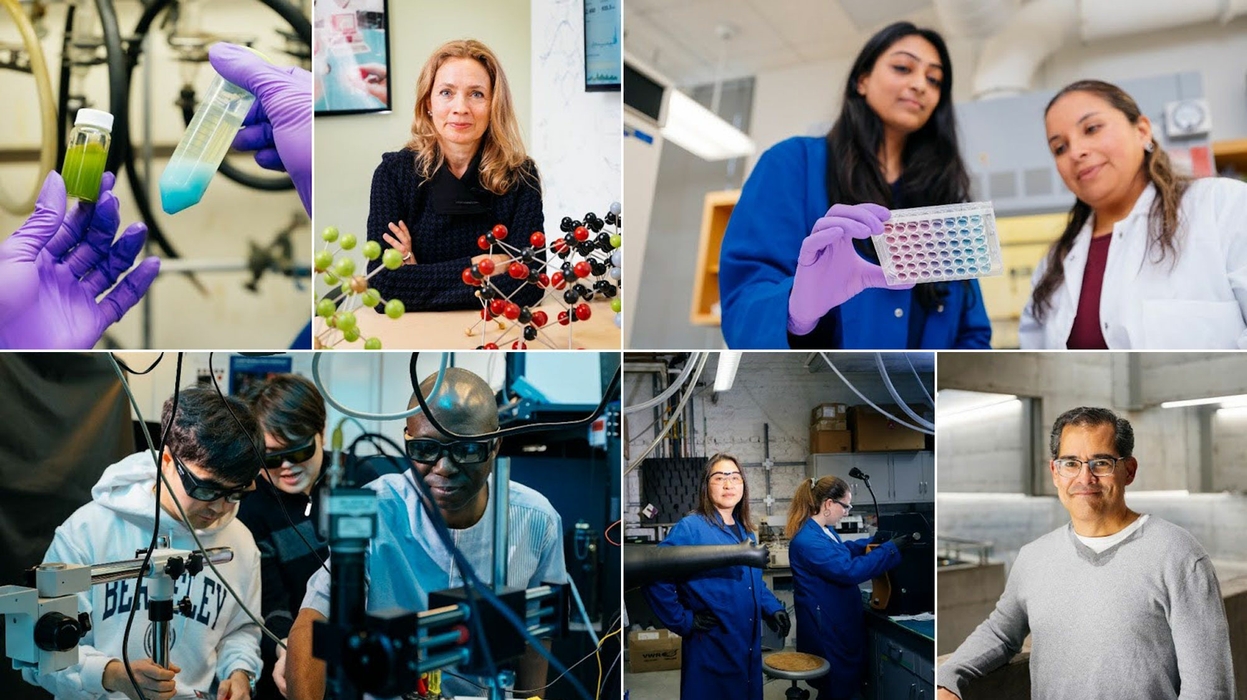
Elena Zhukova for UC Berkeley
Climate change has become a pervasive influence in nearly every facet of our lives. From the air we breathe to the food we eat and the vehicles we drive, the way we navigate the world impacts our environment, often in negative ways.
UC Berkeley is a powerhouse for energy and climate research where faculty, postdocs and students develop renewable and sustainable energy sources, advance new technologies to help curb energy demand, help lawmakers understand the implications of climate change, and formulate appropriate and timely policy responses. For researchers developing critical new technologies, having an entrepreneurial bent is almost as important as conducting successful experiments.
These faculty members represent a small portion of Berkeley’s ecosystem of climate innovators. They, along with many other colleagues, are driving discoveries from the lab to the marketplace, creating startup companies to fast-track the development and deployment of new and creative climate solutions.
Rebecca Abergel
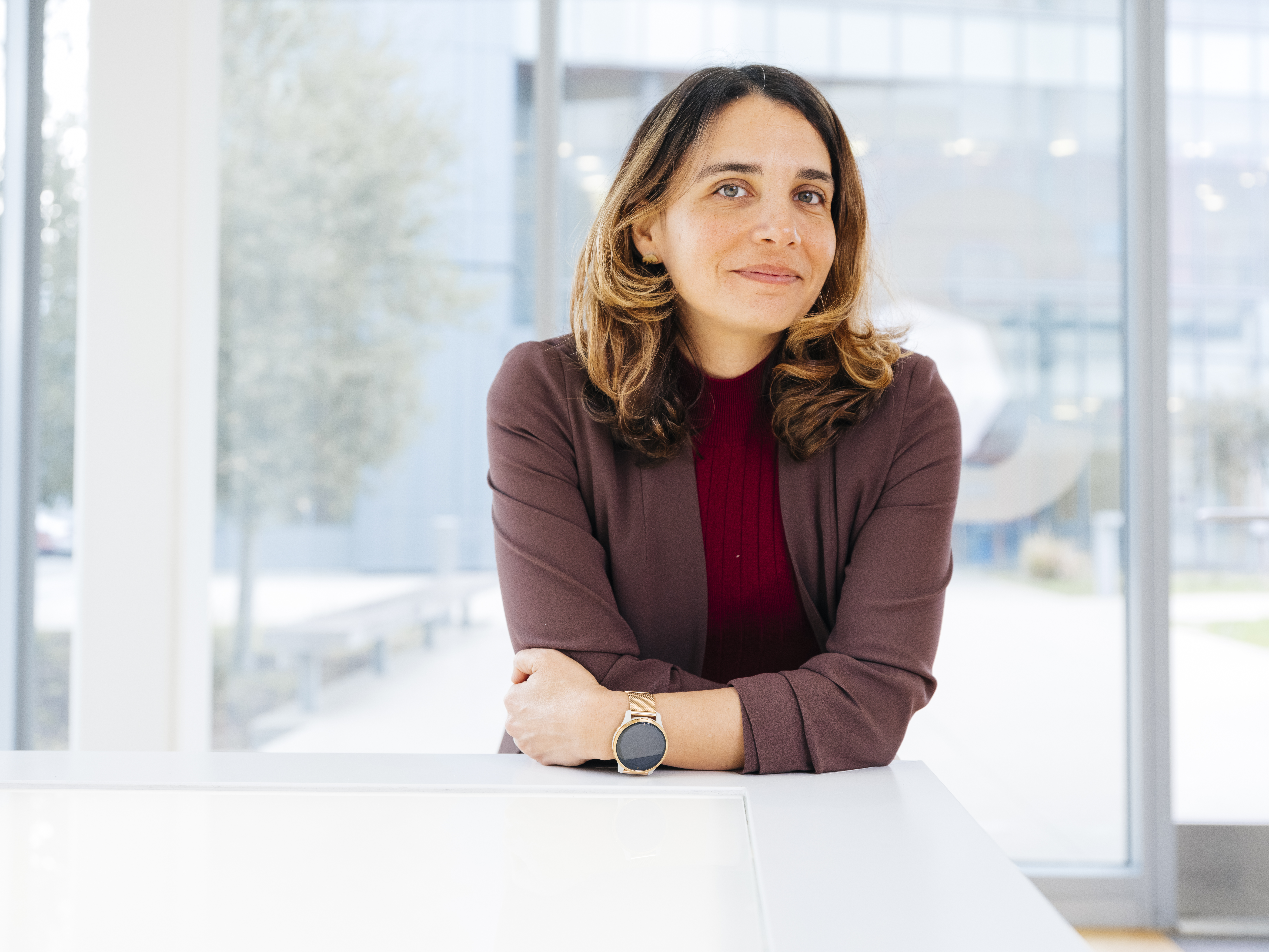
Elena Zhukova for UC Berkeley
From nuclear energy generation to household batteries, heavy metals like cadmium and lead are a part of our daily lives — and a key component in many technologies that can address climate change. Yet exposure to them can bring health risks, threatening to derail their broader climate benefits. One Berkeley researcher is pioneering new approaches to medical treatment for exposure to heavy metals that can help offset the negative impacts of using these materials.
Rebecca Abergel is an associate professor of nuclear engineering and the leader of the Heavy Element Chemistry group at Lawrence Berkeley National Laboratory. She is co-founder of HOPO Therapeutics, a health company focused on developing low-cost treatments for illnesses that result from exposure to heavy metals, such as lead, cadmium, arsenic and mercury.
Abergel and her group pursue multidisciplinary research that includes the fields of nuclear chemistry, photophysics, chemical biology, pharmacology and molecular and cellular biology.
Working to understand the health effects of exposure to radioactive and heavy metals on various biological systems, Abergel’s team is developing strategies for decontamination, remediation and waste management.
With HOPO Therapeutics, Abergel is addressing challenges to human health caused by exposure to heavy metals and radionuclides. One of the medical products developed by her company was granted investigational new drug status by the U.S. Food and Drug Administration and is currently being tested in a clinical safety trial.
Alexis Bell
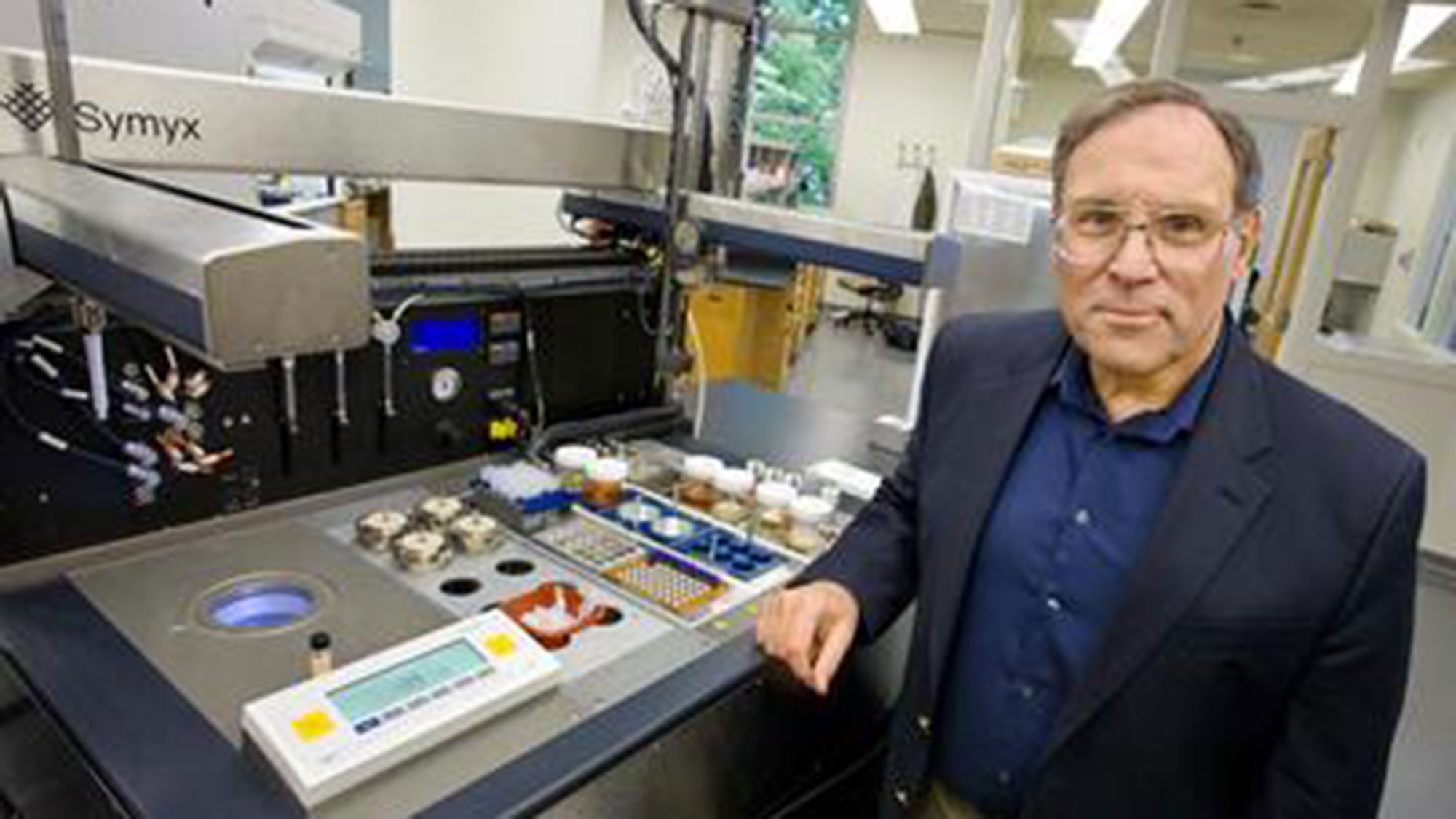
UC Berkeley
For more than 50 years, Alexis Bell’s group has pursued experimental and theoretical techniques to better understand the performance of catalysts in chemical processes. By identifying the rate at which catalysts transform reactants to products, the ways that catalysts and reactants’ structures change during interactions, and the environments that yield the most favorable results, the Bell group has advanced critical research in a wide range of areas. The Bell group makes vital contributions to environmental protection by synthesizing useful chemicals from biomass-derived compounds and developing fuels through solar-radiation processes.
Bell has also been active in teaching undergraduate students about the challenges to bringing alternative energy resources to the market, revealing the technical, financial, and political hurdles that must be cleared. His commitment to developing new technologies that can address and mitigate the effects of climate change has led him to become an advisor to the newly established Bakar ClimatEnginuity Hub.
Alexis Bell is the Chancellor’s Emeritus Professor in Chemical and Biomolecular Engineering and an affiliated scientist at the Lawrence Berkeley Laboratory, where he is involved in fundamental studies of thermal and electrochemical catalysis, efforts that are supported by the U.S. Department of Energy.
John Dueber
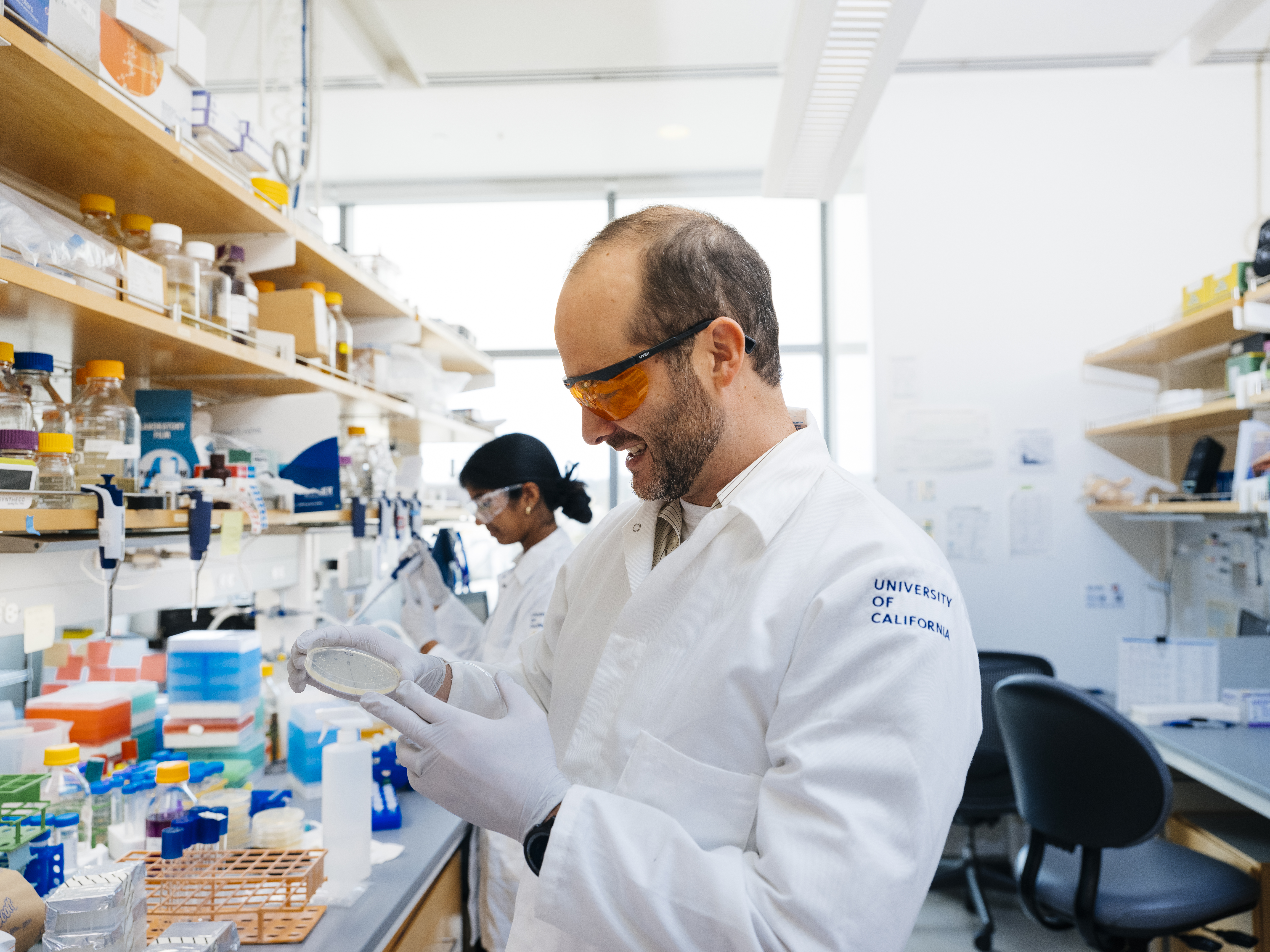
Elena Zhukova for UC Berkeley
Our bodies are always working at the cellular level, generating energy, building new structures and removing waste. What if we could harness and direct that energy to create new, environmentally-friendly sources of fuel and medicines?
At Berkeley, bioengineers are leading the way toward a more sustainable future and revealing the ways that biological systems can play a direct role in cultivating a healthier planet.
Professor of bioengineering John Dueber’s research focuses on controlling the behavior of living cells as a means to develop efficient, environmentally friendly products and technologies. Researchers in the Dueber Lab are exploring ways to improve metabolic pathways and direct flux, processes that are implicated in the development of biofuels, specialty chemicals and novel treatments for intractable diseases and chronic ailments.
Dueber recently served on the scientific advisory board of Novome Biotechnologies, a company that uses synthetic biology tools to enhance the curative power of the microbial ecosystem in the human gut. His lab’s other entrepreneurial endeavors include tinctorium, which is changing the way blue jeans are dyed. Using a patented biotechnology to convert sugar into indigo blue dye, tinctorium sidesteps widespread dyeing practices that involve toxic chemicals, such as petroleum and cyanide.
Working at the forefront of the evolving field of synthetic biology, the Dueber Lab is paving the way, creating living medicines that work effectively with the body’s natural resources and advancing cleaner approaches to manufacturing.
Kristin Persson
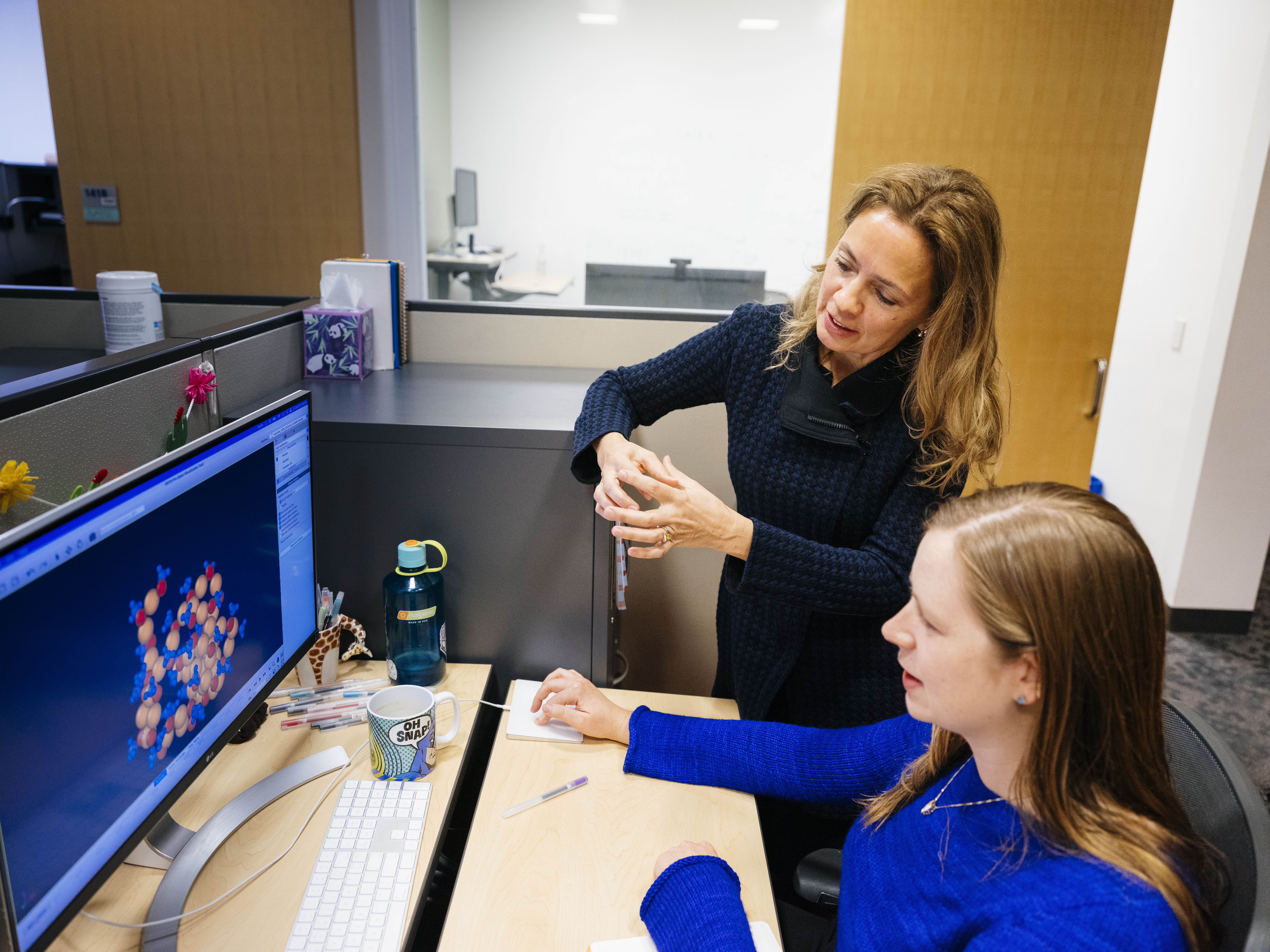
Elena Zhukova for UC Berkeley
Scientific inquiry often proceeds by fits and starts: Failure and risk are part of the processes that ultimately lead to the development of crucial new technologies. But what if supercomputing could be leveraged to limit risk and reduce failure?
Supercomputing can predict the behavior of materials to reveal their potential for success before new compounds are synthesized in the lab, thereby reducing rounds of trial and error. The Materials Project, directed by Berkeley’s Kristin Persson, aims to do that by computing the properties of inorganic materials and making its data and algorithmic analyses available, free of charge, to scientists working in relevant areas.
At a time when energy-related technologies, such as highly efficient batteries, are increasingly important, the Materials Project fast-tracks key research and shortens the journey from lab bench to marketplace.
Kristin Persson is the Daniel M. Tellep Distinguished Professor in Materials Science and Engineering and a scientist at Lawrence Berkeley National Laboratory, where she directs the Molecular Foundry, a nano-science research facility supported by the U.S. Department of Energy.
David Schaffer
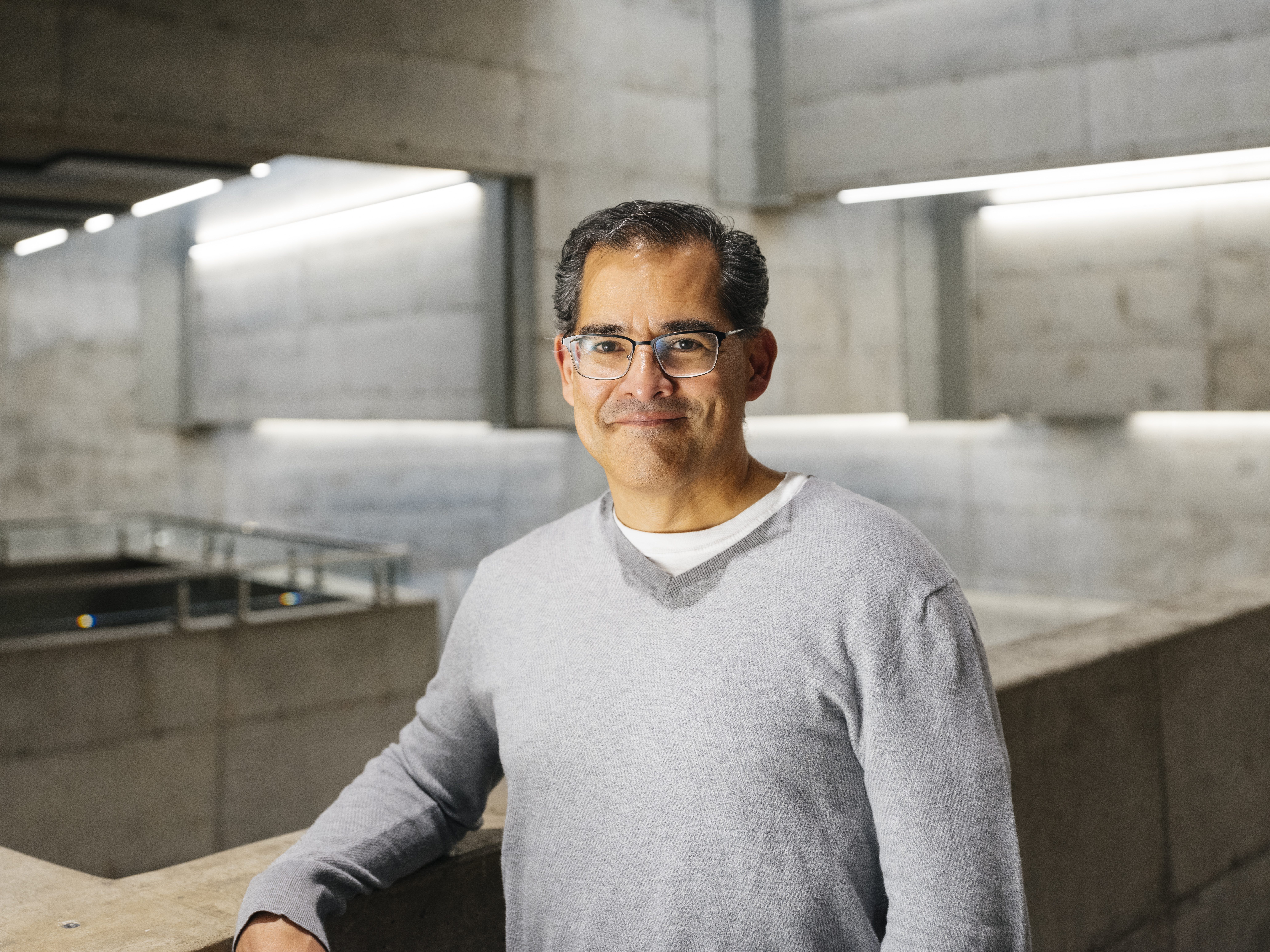
Elena Zhukova for UC Berkeley
As Berkeley’s Hubbard Howe Professor of Chemical and Biomolecular Engineering, Bioengineering, and Molecular and Cell Biology, David Schaffer has spent the last 25 years on campus leveraging his research through the Schaffer Lab to apply engineering principles to optimize gene and stem cell therapies.
But currently, as director of the Bakar Fellows Program and the Bakar Bioenginuity Hub, which includes its incubator, Bakar Labs, Schaffer supports the acceleration of various startups focused on climate technology.
That includes companies like Umaro, a company that uses ocean-farmed seaweed to produce savory, plant-based bacon. The startup aims to transform food systems to support the planet, giving an alternative to factory and cattle farming, which contribute to the planet’s greenhouse gas emissions.
Other companies, like Perlumi and Verinomics, prioritize the need for bountiful produce by reengineering photosynthesis to turbo-charge crop harvests and use genomics to increase produce nutrition and variety.
A serial entrepreneur in his own right, Schaffer has founded eight successful companies, notably the gene therapy company 4DMT, which is built on research he launched upon his arrival on campus in 1999. Schaffer also currently is executive director of the University of California’s Institute for Quantitative Biosciences (QB3).
Ting Xu
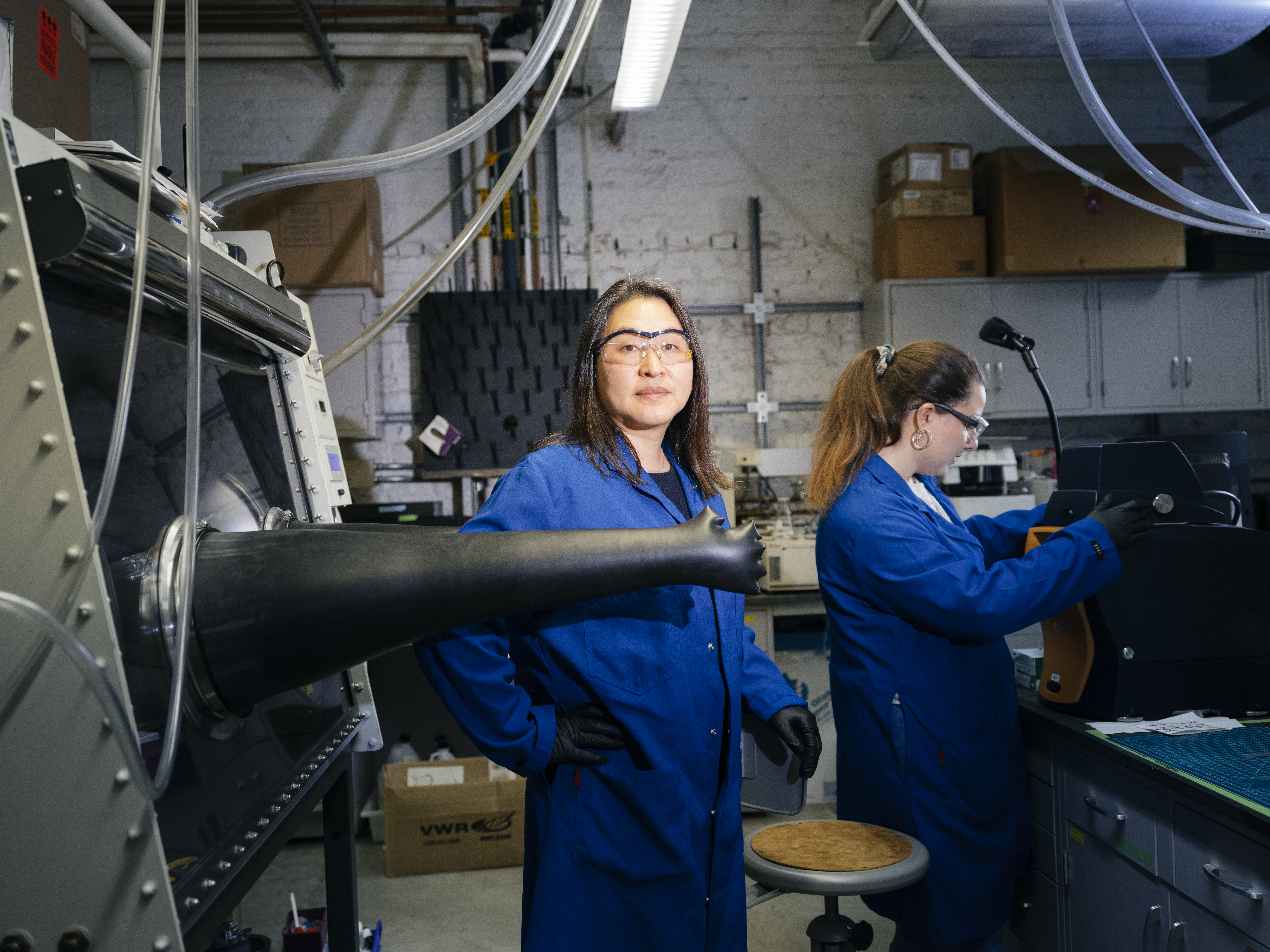
Elena Zhukova for UC Berkeley
Plastic waste from products like single-use bags, straws, bottles and containers pollute the world’s oceans and produce 80% of all marine pollution. That waste can spread toxins, threaten wildlife and kill millions of animals on land and sea every year.
Current projections show that plastic will outweigh all the fish in the sea by 2050. Only 9% of all plastics are actually recycled.
But Berkeley chemistry and material sciences and engineering professor Ting Xu may have a solution: replacing plastic with self-degrading products that can be both composted and recycled.
Through Intropic Materials, a startup that originated from her lab and is funded by a former Berkeley student, Xu takes natural enzymes and uses the company’s patented stabilization technology to embed those proteins in plastics, giving them the ability to self-degrade. The enzymes within the plastic, after exposure to sufficient heat and moisture, eat the plastic from the inside out.
The overall goal for Xu’s company is to create a bio-based economy that uses naturally occurring elements to enable true sustainability. As her company’s slogan puts it, “Working with nature, not against it.”
Xu, a former Bakar Fellow, came to Berkeley in 2007 and has since researched the use of polymers, proteins and other nanoscale building blocks to engineer functional materials with tailored properties. Her research group focuses on learning and translating design rules seen in biology to engineer materials at the system level.
Omar Yaghi
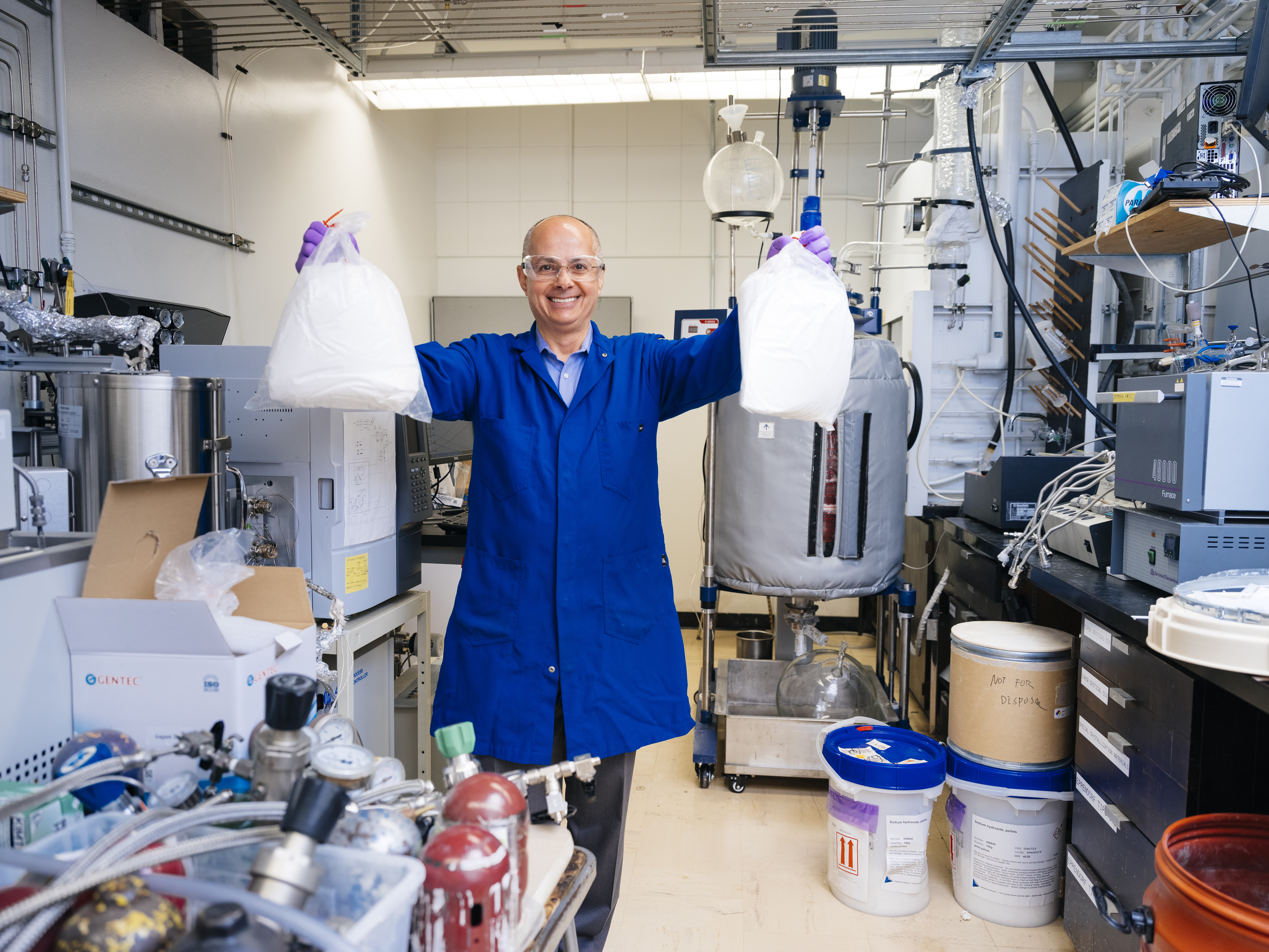
Elena Zhukova for UC Berkeley
Imagine being able to suck water and carbon out of thin air. The implications — from solving the causes and effects of climate change to providing access to drinking water in arid regions — would be transformative.
Berkeley professor Omar Yaghi has figured out how to do just that.
As the James and Neeltje Tretter Professor of Chemistry, Yaghi has spent over three decades pioneering his research in reticular chemistry — building chemical structures from molecular building blocks — to use metal-organic frameworks (MOFs) and covalent organic frameworks (COFs) for sustainable solutions like water harvesting.
In his research lab in Berkeley’s chemistry department, and at his startup company, Atoco, Yaghi has conducted experiments in some of the driest deserts in the world, demonstrating the ability to capture, store and separate gases and molecules at an unprecedented level.
This vital work will help to provide cleaner air, water and energy to the world.
Yaghi is the co-director of and chief scientist at the Bakar Institute of Digital Materials for the Planet and a faculty affiliate at Lawrence Berkeley National Laboratory. As one of the most cited chemists in the world, he recently received the prestigious Solvay Prize, one of more than 55 prestigious global awards and medals he’s received over the course of his career, including the Albert Einstein World Award of Science and the Wolf Prize in Chemistry.
Peidong Yang
Elena Zhukova for UC Berkeley
As the world’s population grows, its energy supply needs to grow with it — yet providing that additional energy can complicate the challenge of meeting climate change goals. Scientists at Berkeley and elsewhere are looking to the natural world for solutions, seeking ways to create effective and efficient solar-driven carbon dioxide fixation, otherwise known as artificial photosynthesis.
In 2015, Berkeley’s Peidong Yang successfully created the first photosynthetic biohybrid system, which employs semiconductors that use live bacteria to do photosynthetic work. The system was inspired by the powerful natural process plants use to absorb solar energy and create necessary chemicals while releasing oxygen. Where a real leaf makes carbohydrates and releases oxygen, the Yang group’s photosynthetic biohybrid releases a liquid fuel that could become a major source of renewable energy. Yang and his team are continuing to refine their approach to artificial photosynthesis, creating ever more stable and reliable energy resources for a changing world.
Peidong Yang is the S.K. and Angela Chan Distinguished Professor of Energy Professor of Chemistry at Berkeley. He is also the co-founder of two companies: Nanosys Incorporated and Alphabet Energy Incorporated.
